Fayette County Detention Center


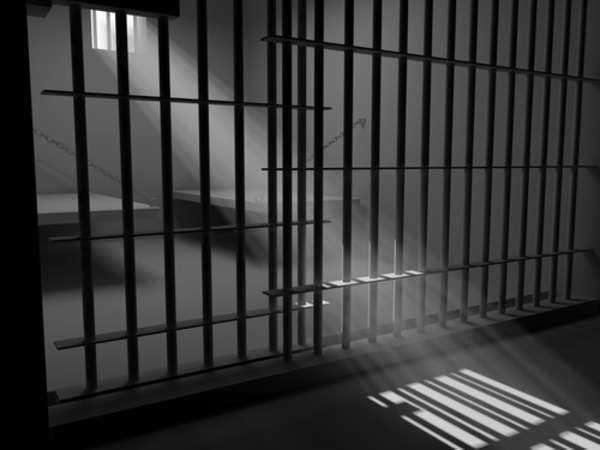
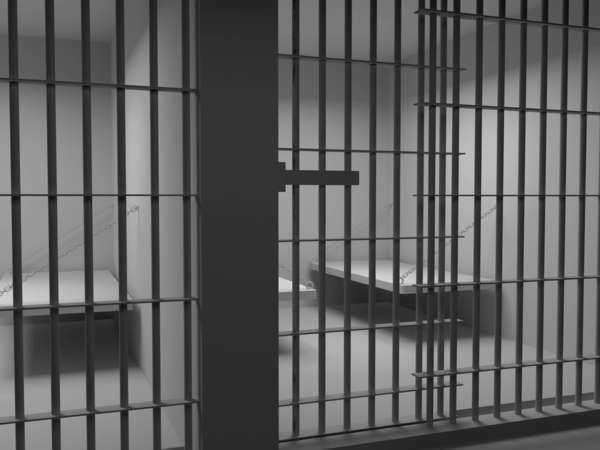
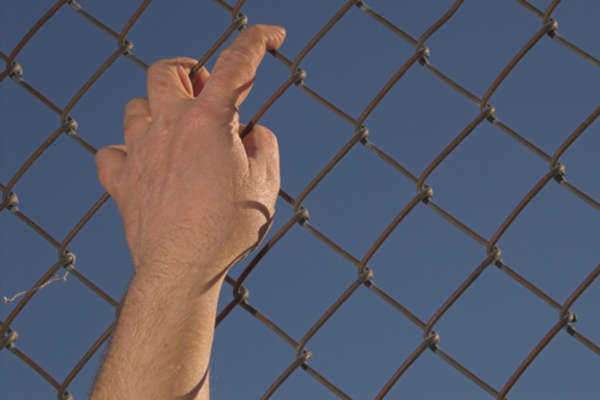



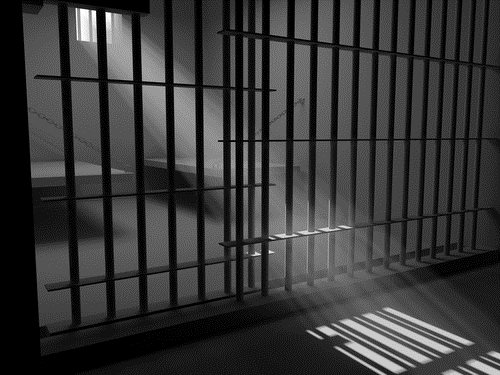
Introduction
Prison bars, though often taken for granted, hold a unique place in the history of criminal justice and incarceration. These unyielding metal structures have played a significant role in shaping the way societies deal with crime and punishment. In this article, we will delve into the fascinating history and evolution of prison bars, exploring their origins, purposes, and the changing philosophies behind incarceration.
I. The Origins of Prison Bars
The concept of incarceration as a form of punishment dates back thousands of years, but the use of prison bars as a means of confinement has a relatively recent history. Ancient civilizations employed various methods of confinement, such as dungeons, stocks, and chains, but the idea of using bars to enclose prisoners is thought to have emerged during the Middle Ages.
A. Medieval Origins
During the Middle Ages, castles and fortresses often had dungeons where prisoners were held. These dungeons were dark and dank, making them ideal for keeping individuals in captivity. While these early dungeons did not feature the characteristic prison bars we think of today, they were enclosed spaces with heavy doors and small windows covered in iron grates.
B. Transition to Prison Bars
The transition from medieval dungeons to modern prison bars occurred as societies began to establish formal prison systems. In the 18th and 19th centuries, the concept of the penitentiary, a place where offenders could be rehabilitated through reflection and isolation, gained prominence. This shift in philosophy led to the construction of purpose-built prisons with cells containing iron bars.
II. The Purpose of Prison Bars
The primary purpose of prison bars has always been to confine prisoners securely. However, the reasons for incarceration and the conditions within prisons have evolved over time, influencing the design and use of prison bars.
A. Punishment and Deterrence
In earlier centuries, prisons were often used as places of punishment rather than rehabilitation. The use of prison bars, in this context, was intended to deter potential wrongdoers by showcasing the harsh conditions and the consequences of criminal behavior. The sight of prisoners behind bars was meant to serve as a warning to others.
B. Rehabilitation
As the concept of rehabilitation gained prominence in the 19th century, prison bars took on a new role. Instead of merely punishing offenders, prisons were seen as places where individuals could reflect on their actions and undergo moral reform. The use of prison bars shifted from deterrence to containment, with an emphasis on isolating prisoners from society to facilitate their rehabilitation.
III. The Evolution of Prison Bar Designs
The design of prison bars has evolved significantly over the centuries, influenced by changing philosophies of punishment and advancements in engineering and security technology.
A. Early Bar Designs
The earliest prison bars were relatively simple, consisting of iron bars or grates that were hand-forged and affixed to cell doors and windows. These bars were functional but often lacked the complexity and sophistication of modern designs.
B. Modern Bar Designs
Today, prison bars are manufactured using advanced materials and technologies. They are designed to be highly secure and difficult to tamper with. Modern prison bars are often made from steel, which offers strength and durability. Additionally, bars are engineered to be resistant to cutting or bending, making escape attempts extremely challenging.
C. Protective Coatings
To prevent corrosion and rust, modern prison bars are often coated with protective finishes, such as powder coating or galvanization. These coatings extend the lifespan of the bars and ensure they remain effective over time.
IV. Controversies Surrounding Prison Bars
While prison bars have been a key element of incarceration for centuries, they have not been without controversy. Several ethical and practical issues have arisen throughout history.
A. Ethical Concerns
The use of prison bars to confine individuals has raised ethical questions about human rights and the treatment of prisoners. Critics argue that the use of bars can dehumanize prisoners and subject them to inhumane conditions.
B. Overcrowding
In many prison systems around the world, overcrowding has become a significant issue. When prisons are filled beyond their intended capacity, the use of prison bars can exacerbate the problems associated with overcrowding, including limited access to healthcare and rehabilitation programs.
V. The Future of Incarceration and Prison Bars
As society’s understanding of crime and punishment continues to evolve, so too will the role and design of prison bars. The future of incarceration may involve innovative approaches to rehabilitation and reintegration, which could influence the use of traditional prison bars.
A. Rehabilitation-Centered Design
Future prison designs may prioritize rehabilitation over punishment. This could lead to the development of facilities that resemble treatment centers more than traditional prisons. In such facilities, the use of bars might be minimized in favor of less restrictive forms of confinement.
B. Technological Advancements
Advancements in technology may also reshape the way prisons are designed and operated. Electronic surveillance systems, biometric security measures, and non-lethal forms of incapacitation may reduce the reliance on physical prison bars.
C. Alternatives to Incarceration
Society is increasingly exploring alternatives to incarceration for non-violent offenders, such as community service, probation, and electronic monitoring. These alternatives may reduce the need for traditional prison bars altogether.
Conclusion
Prison bars have a rich and complex history, reflecting changing attitudes toward crime, punishment, and rehabilitation. From their humble origins in medieval dungeons to their modern steel incarnations, prison bars have played a crucial role in the criminal justice system. As society continues to evolve, so too will the design and purpose of prison bars, raising important questions about the future of incarceration and the treatment of those who have broken the law.
Arguably the most recognizable or synonymous term associated with a prison is the image of solid steel bars. Prison bars are used to confine individuals convicted of a serious offense or felony such as murder, assault, armed burglary, rape etc.
Jail cells are small 6 by 8 foot rooms used to confine individuals convicted of a wrong doing. Jail cells are a fundamental application to enforce the United States’ legal system; without the cells prisoners would roam free or be grouped without surveillance or proper organization. Jail cells are constructed to house as many wrongdoers within a facility as possible; they are stacked on top of each other, and assorted in rows to organize a prison and house as many convicts as possible. As prisons become overcrowded the need for more organized and tighter confinements become a necessity.
Jail cells are comprised of steel and brick; these sturdy materials eliminate the chances of vandalism or escape. The typical jail cell unit has 3 walls and a strong steel door that locks from the outside. The door in some cases is solid, with a small window to observe the inmates. In most instances however, jail cells contain a steel door that is comprised of elongated stainless steel bars.
These prison bars allow correctional officers to freely observe the inmates room as well as his actions. Furthermore, the prison bars also offer an inmate the chance to peer outside of his cell, and even interact with his neighboring cell mates. The openness that prison bars offer can also lead to problems however, as interactions between inmates can spark controversy and problems that extend beyond their confinement. The prison bars are extremely sturdy; they are impossible to bend or snap, diminishing any chance of escape or vandalism.
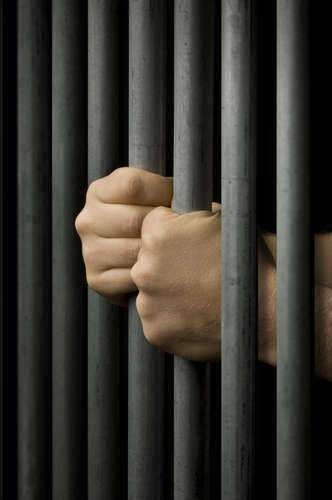

A correctional
office or prison guard is the person responsible for supervising correctional
facilities or prisons. Corrections officers must ensure that the environment is
suitable for human life, and safe for all prisoners within the correctional
center. A prison guard’s role is thus essential to the well being of our legal
system; without the enforcing abilities of corrections officers prisons would
run improperly and not aid in the rehabilitation of wrongdoers.
A correctional officer is responsible for the custody, care, and control
of individuals who are awaiting trial or have been arrested. In essence, anyone
who serves time in jail or is held in a cell will be supervised by a prison
guard or correctional officer. In addition, the team is also responsible for
the safety and the security of the facility–without a team of corrections
officers the prisoners would be under no control, and free to not only harm
each other, but vandalize the actual structure of the facility. Most
correctional officers are employed by the government of the country in which
they work, though a small percentage are also employed by private companies.
Although the
duties of a correctional officer can vary, the general role of the prison guard
includes the various actions:
·
A prison guard maintains
order and discipline within the correctional facility.
·
The prison guard enforces rules,
regulations, and applicable legislation to maintain a suitable environment.
·
A correctional officer conducts
routine searches of inmates to expel any contraband or weaponry that may be
present.
·
The prison guard is responsible
for transporting inmates to courts and other correctional facilities.
·
In response of an assault, a fire,
medical emergency, or a riot the prison guard is responsible for maintaining order and providing first response action.